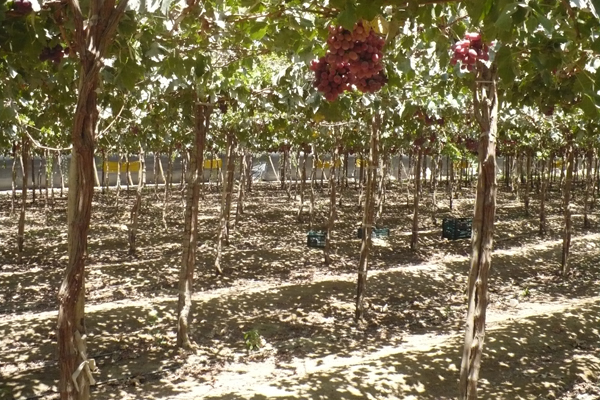Illustrious Pisqueros
Ricardo Palma (1833-1919) reknown for his “Peruvian traditions”  that brings us close to our national identity.
that brings us close to our national identity.
The Achirana del Inca is 18km northeast of the city of Ica and approximately 15 minutes by car. It is an irrigation canal constructed during the Incan empire during Inca Pachacutec’s government. It is more than 500 years old. We want to share with you this “Peruvian Tradition” written by the great Ricardo Palma which explains why the canal has its name. You can’t miss it!
The Achirana del Inca
(Dedicated to Teodorico Olaechea)
In 1412 the Inca Pachacutec, accompanied by his son, the Imperial Prince Yupanqui and by his brother Capac Yupanqui, began the conquest of the valley of Ica. The inhabitants of Ica, while they may have had a peaceful nature, they were not short on effort and weaponry for war. The sage monarch understood this and before they turned to their weapons, he proposed to the people of Ica that they submit to his paternal government. Accepting this, the Inca and his forty thousand warriors were, cordially and respectfully received by the locals.
When Pachacutec visited the fertile land that he had just added to his domain, he stopped for a week at the farm called Tate. The owner of the farm was an old woman who was accompanied by a beautiful maiden, her daughter.
The conqueror of the town thought it would be easy to win over the heart of the young woman; but she was in love with a gentleman from the area. Therefore, she had the energy that only true love inspires, to resist the entreaties of the prestigious and omnipotent leader.
In the end, Pachacutec lost all hope of his love being requited, and took the woman into his arms and told her, sighing:
“Be in peace, bird of this valley, and never let the mist of pain hang its veil over the sky of your soul. Ask for some mercy, for you and your people that will make you always remember the love that you inspired in me.
“Sir,” the woman replied, falling to her knees and kissing the hem of his royal cloak, “you are great and there is nothing that is impossible for you. You have freed me with your nobility, as I no longer have to have my soul enslaved to another owner.
I should ask nothing from you, because one is obligated to those who give gifts, but if you are satisfied with the gratitude of my people, I beg that you give water to this farm.
If you plant benefits, you will harvest blessings. Reign, sir, over grateful hearts more than over men who, timid, bow before you, blinded by your splendor.”
“You are discreet, black-haired maiden, and thus you captivate me with your words, just as much as with the fire of your eyes. Goodbye illusory dream of my life! Wait ten days, and you will see that what you ask for will be. Goodbye! Do not forget your king!
And the gentlemanly monarch, putting on the gold that the nobility wore on their shoulders, continued on his triumphant journey.
Over the next ten days the forty thousand men of his army worked to open the channel that began in the Molino, Trapiche and ended in Tate, the farm where the beautiful young woman lived, and who Pachacutec fell passionately in love with.
The water from the channel of the Inca supplies an abundant quantity of water to the haciendas that are today known as Chabalina, Belen, San Jerónimo, Tacama, San Martín, Mercedes, Santa Bárbara, Chamchajaya, Santa Elena, Vistaalegre, Sáenz, Parcota, Tayamana, Pongo, Pueblo Nuevo, Sonumpe, and finally, Tate.
Thus, according to tradition, is the origin of the channel “achirana,” which means “that which runs cleanly until it is beautiful.”
Peruvian Traditions by Ricardo Palma, Volume II
Espasa-Calpe, S.A. Madrid 1946
Translated by Katrina Heimark













